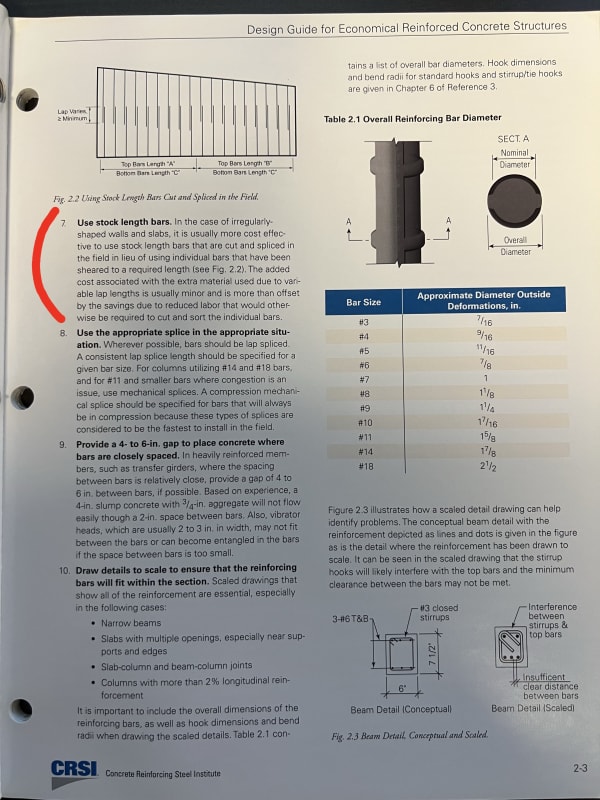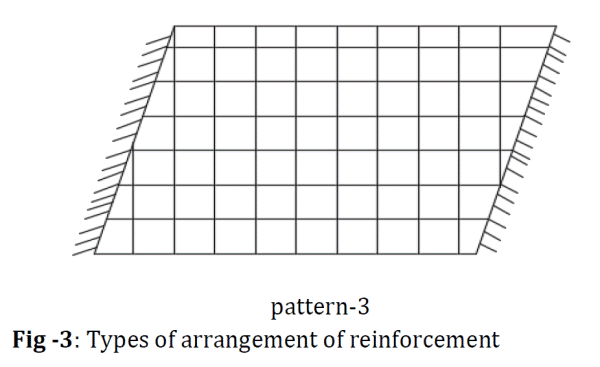Tstruct
Structural
- May 14, 2023
- 87
I have a structure with one side retaining walls non orthogonal (see attachment). Should I place reinforcement in foundation in global orthogonal direction or perpendicular to the angled retaining wall? Any reference from ACI if possible would be very helpful. Neglect the markings on the drawing. Thanks


